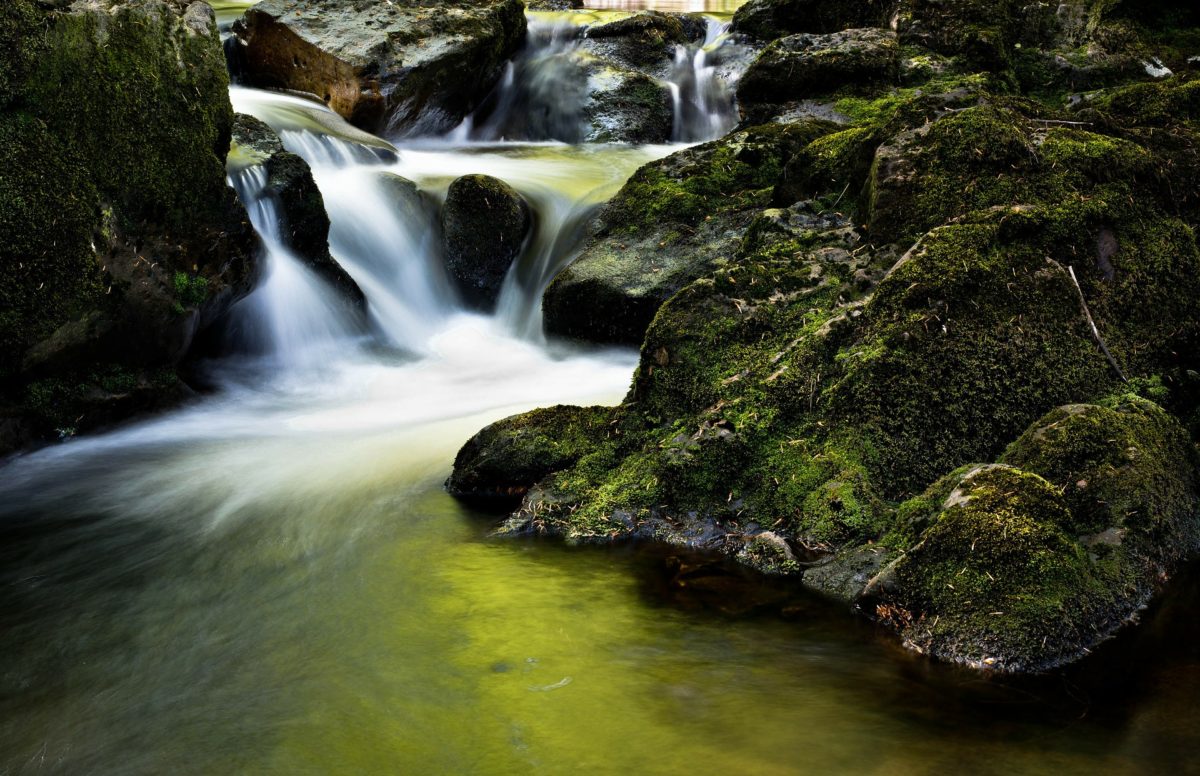In earlier posts I discussed the healing benefits of nature and the ways that trees can reduce stress. Jill Suttie in her article Why is Nature So Good for Your Mental Health, points to recent research that demonstrates that awe experienced in nature is a source of well-being and decreased symptoms of stress. How then can we discover these benefits of nature in our everyday life?
Ways to discover the benefits of nature
Heather Hurlock, Mindful Digital Editor, discusses three ways that we can access these benefits:
- Savour your neighbourhood nature – so much of our observation is superficial as we race from one task to another. You can look out the window and admire the tree on the footpath or notice the species of trees in your tree-lined street. You can closely observe the clouds that provide fascinating shapes, patterns and colours. If you live near water, a river or the bay, you can take a mindful walk along its shores taking in the sunrise/sunset, the ebb and flow of the water and the patterns that are formed through the movement of the water. Alternatively, you can absorb the stillness of the water on a calm, cool day. You might be privileged to share the awe of a visitor to your area who sees your natural surrounds with a fresh set of eyes – not through sight dulled by routine.
- Soak up the healing power of a forest – trees reduce agitation and stress and are good for the health of your heart. Forest Bathing – a mindful, slow walk through the trees in a forest – is a great source of mental health and wellness. The stillness and resilience of a forest can be a source of awe and well-being. A forest can intensify your awareness of your senses – through the sounds of birds, the sights of colour/shape/patterns, the smell of the flora, the roughness and contour of the bark as you touch it and the taste of native fruit. Individual trees can be a source of meditation.
- Finding a moment to experience awe in nature – it can be humbling and also increase your sense of connectedness that can lead to increased cooperativeness and compassion. You can learn to breathe with the earth and experience gratitude for all that nature offers as well as for what you have in your life. The sense of awe can be experienced within you own backyard or in a mindful garden walk through a botanical garden. Heather recommends the guided awe walk as another way to access the benefits of nature.
As we grow in mindfulness through being in, and closely observing nature, we can enhance our outer awareness and achieve calm, well-being and awe. The healing powers of nature generally, and trees in particular, are well-researched and documented. We can discover these benefits by exploring different ways to access nature, whether in our neighbourhood or in a forest or a botanical garden.
____________________________________________
Image: Manly Foreshore, Moreton Bay, Queensland, taken on 2 July 2019
By Ron Passfield – Copyright (Creative Commons license, Attribution–Non Commercial–No Derivatives)
Disclosure: If you purchase a product through this site, I may earn a commission which will help to pay for the site, the associated Meetup group and the resources to support the blog.


